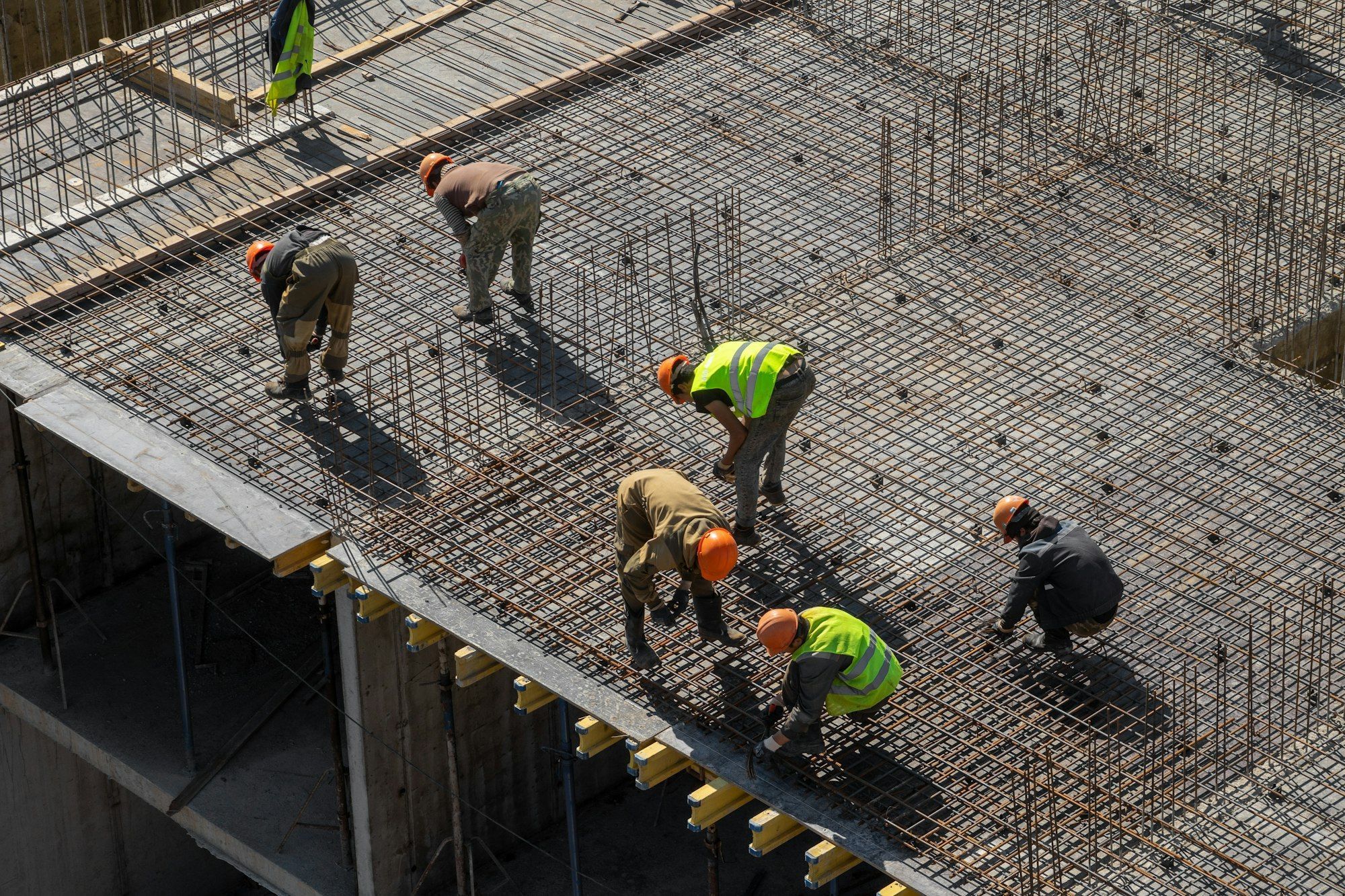For anyone considering building their home in rural Scotland, it’s essential to understand the nuances and complexities of planning permission. These permissions can sometimes be perplexing and, at times, challenging. Navigating this maze can make your self-build journey smoother, ensuring your dream home becomes a reality without unnecessary delays or complications.
In this detailed guide, we’ll explore how to tackle planning permission challenges for a self-build in rural Scotland, covering everything from initial design to the application process, and managing unique factors like location and local council regulations.
Cela peut vous intéresser : What’s the impact of the UK’s digital infrastructure on rural property values?
Understanding the Basics of Planning Permission
Before we delve into the depths of obtaining planning permissions, we must first understand what it entails. Planning permission is a formal approval granted by local planning authorities (usually a local council) that permits the construction or alteration of buildings or other developments within their jurisdiction.
When you’re planning to build a custom house on a plot of land, it’s important to ensure that all planned works are in line with local planning regulations. The last thing you want is to be halfway through a project, only to find out that you’re in breach of a planning condition!
A lire également : How can foreign nationals navigate the UK’s Buy-to-Let mortgage market?
Planning permission considerations will include the project’s design, location, potential impact on the local environment, and the provision of local services. The cost of applying for planning permission can vary, but it’s typically in the region of £200 to £500. Keep in mind that this is just one component of your overall project budget.
The Role of Local Councils and Planning Authorities
Your local council or planning authority plays a significant part in the process of obtaining planning permissions. They are responsible for making the decision on whether to grant or refuse your application.
In Scotland, the local council will consider a range of factors when assessing your self-build project. These include the proposed development’s impact on the area, compliance with the local Development Plan, and comments received from both statutory consultees and the public.
Working closely with your local council can help ensure that your application aligns with the local development guidelines. It’s worth engaging with the local council early on – they can provide advice on your proposed development, including whether your project is likely to be approved.
Making a Successful Planning Permission Application
When it comes to making a planning permission application, there are a few key steps that you should follow. Start by thoroughly researching local planning policies and regulations. This information can usually be found on your local council’s website.
Next, spend some time developing a detailed design for your self-build home. This will likely involve engaging an architect or a similar professional. Your design should take into consideration the local context, the character of the surrounding area, and any specific local planning constraints.
Once your design is finalised, you can officially submit your application to the local council or planning authority. Your application should include all the required information and documentation, such as the completed application form, your design plans, and the correct fee.
After your application is submitted, there will be a period of consultation, during which both statutory consultees and the public can make comments. The council will then make a decision – usually within eight weeks for smaller projects.
Common Planning Permission Challenges and How to Overcome Them
Despite your best efforts, there may be times when you might face challenges or objections to your planning permission application. Common issues can include objections from neighbours, impacts on local wildlife, or concerns about the design or size of the build.
The key to overcoming these challenges is communication and flexibility. If neighbours object, arrange a meeting to discuss their concerns and see if a compromise can be reached. If the local council has concerns about the impact on local wildlife, consider working with an environmental consultant to address these issues.
Additionally, it’s important to be flexible with your design. Be prepared to make changes in response to feedback from the local council or planning authority.
The Impact of Building in Rural Scotland
Building a self-build house in rural Scotland comes with its unique set of challenges and considerations. In these areas, the planning authorities often place a strong emphasis on preserving the natural beauty and character of the countryside.
Planning policies may be stricter and can include restrictions on the size, design, and location of new developments. Additionally, access to local services and infrastructure may also be a consideration.
Despite these challenges, building in rural Scotland can offer many rewards – a chance to create a home that’s perfectly suited to your lifestyle, in a location that offers peace, tranquity and stunning landscapes. With careful planning, patience, and respect for the local environment and community, your dream of a self-build house in rural Scotland can certainly become a reality.
In conclusion, navigating the planning permission process for a self-build in rural Scotland can be challenging but is by no means insurmountable. By understanding the process, working closely with local authorities, and being willing to adapt and compromise, you can successfully navigate the path to building your dream home.
A Comprehensive Guide to Design and Installation for Self-Build
Exploring the process of constructing your own home requires a comprehensive understanding of design and installation. While navigating planning permission, it’s vital to consider the design of your future house. The house plans must be thorough, well-thought-out, and compatible with the local regulations and the rural Scottish environment.
Begin by analyzing your plot. Consider its size, shape, and surroundings to create optimal custom build plans. Besides size and layout, it’s also crucial to think about the aesthetic aspects of your home design. These include material choices, colours, and architectural style – all these should fit harmoniously within the rural Scottish landscape.
Installation is the next critical stage. It involves constructing the foundations, building the structure, and installing utilities, heating, and insulation. Then comes the fitting of windows, doors, roofing, and finally, the cladding. Cladding materials play a significant role in the final look and durability of your house. It’s essential to choose materials that suit the Scottish climate while blending in with the rural surroundings. Comprehensive cladding guide can be beneficial for making informed decisions.
Preparing detailed house plans and design installation plans well in advance will help streamline the planning permission process. It will also provide a clear vision for your self-build project, reducing any potential delays or unexpected obstacles.
The Importance of Community Engagement in a Self-Build Project
When building a house, especially in a rural area, it’s important to consider the local community’s views. Engaging with neighbours and local residents is an integral part of the planning permission process. However, it’s not only about the planning application – it’s also about building relationships and fostering a good community spirit.
Start by informing your neighbours about your intentions to build a house. Share your plans, listen to their concerns, and try to address any issues promptly and respectfully. Remember, these people will be your neighbours, and starting off on the right foot can make your transition into the community much smoother.
It’s also worth attending community meetings or council sessions if possible. This will not only give you a sense of the local issues but also provide an opportunity to present your project to the wider community. The more you engage with your local community, the less likely you’ll face objections during the planning permission process.
In addition to engaging with the community, it’s equally important to consider the local wildlife and environment. Consult with environmental experts to ensure your build doesn’t adversely affect the local flora and fauna. After all, one of the joys of living in rural Scotland is the connection with nature.
Conclusion
Building your dream home in rural Scotland can be a truly rewarding experience. However, the planning permission process can pose certain challenges. This complete guide serves as a roadmap, helping self-builders navigate these hurdles effectively.
From understanding the basics of planning permission to engaging with local councils, this guide covers all the important aspects. It highlights the importance of thorough house plans, a well-planned design installation, and the right choice of cladding materials. It also stresses the value of community engagement and environmental consideration.
Remember, a successful self-build home project isn’t just about constructing a house. It’s about creating a home that fits seamlessly into its surroundings, respects the community, and contributes positively to the local area. By following this guide, you can make your dream of building a four-bed house in rural Scotland a reality!






